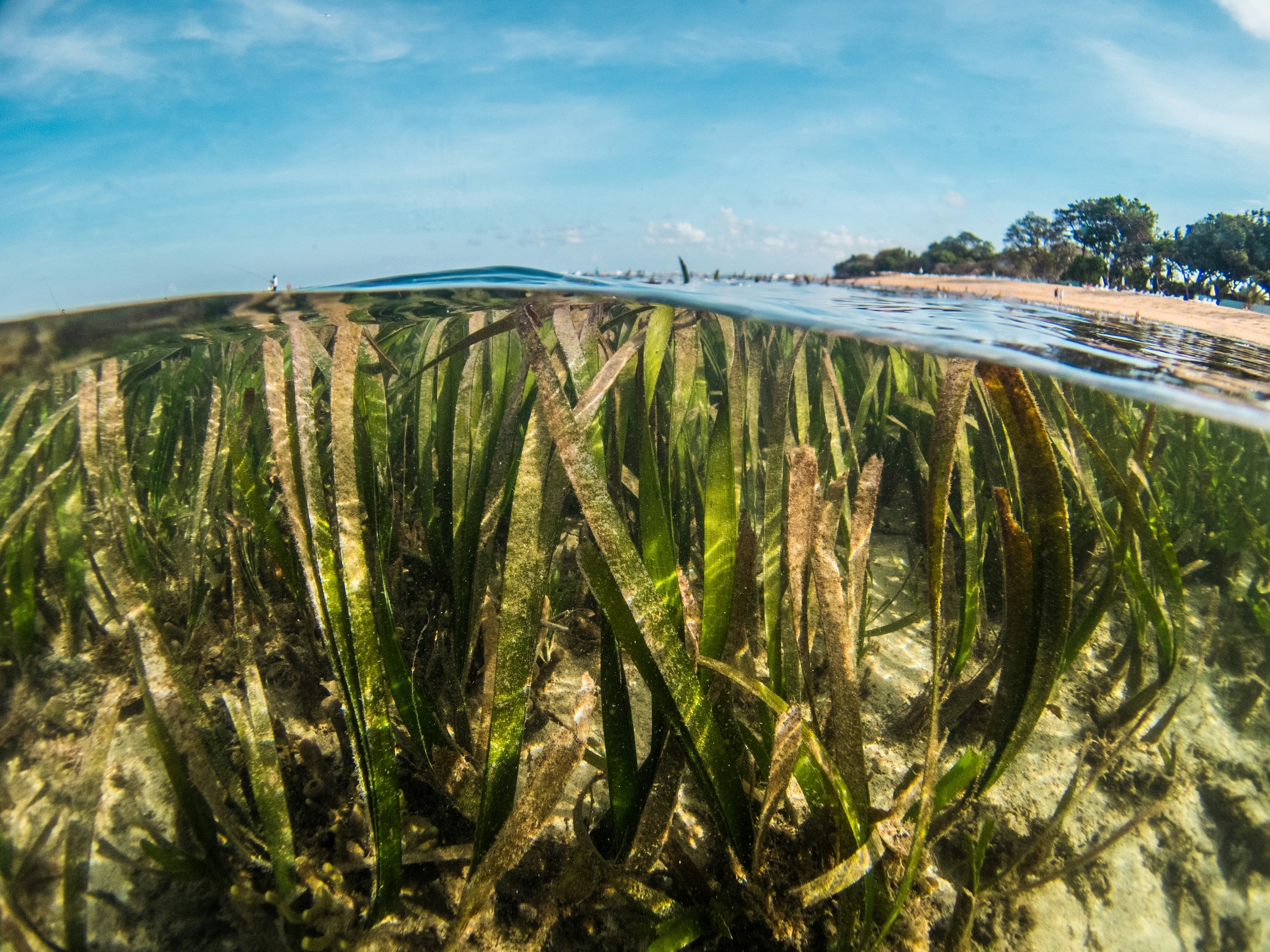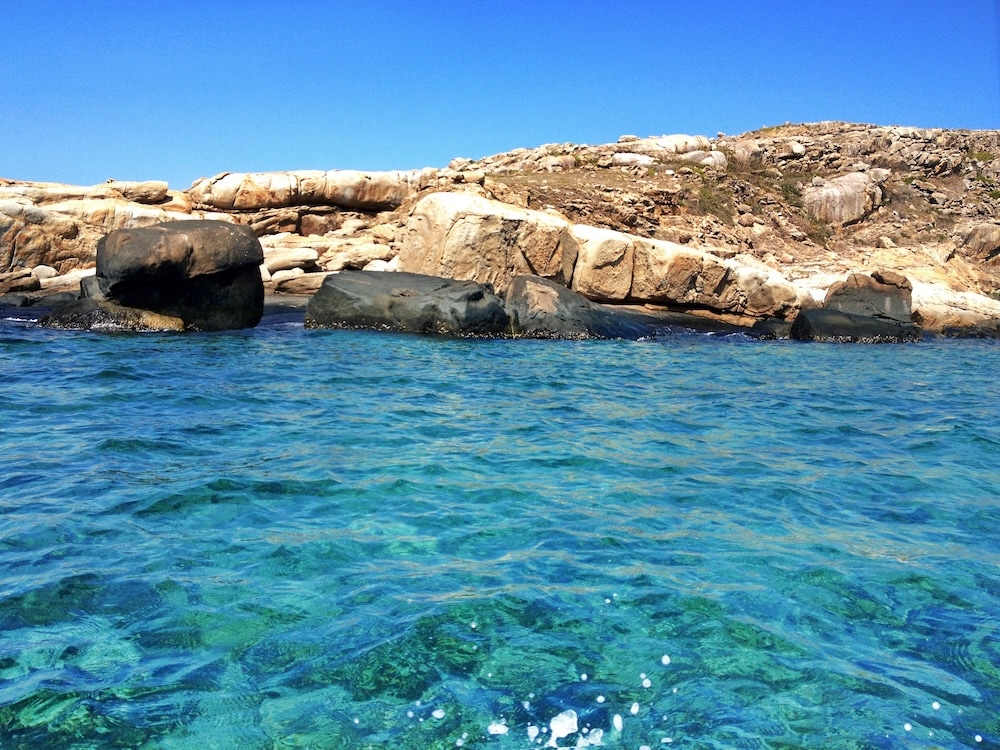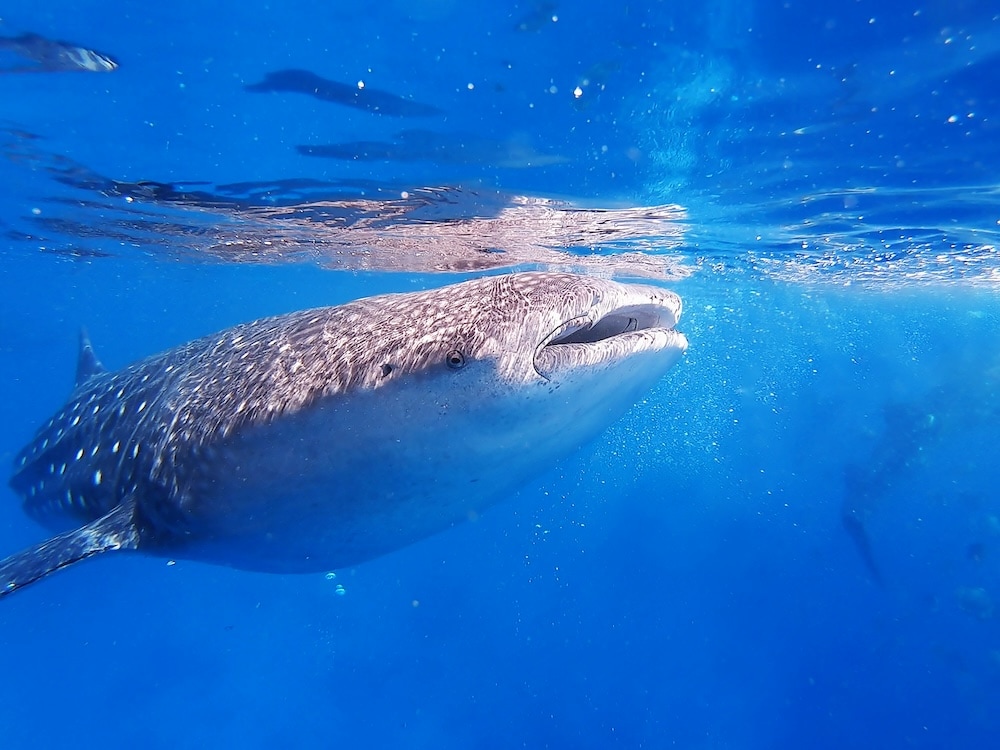Learning from the Ocean, to Save the Ocean

At Freyja, we believe conservation works best when we listen closely to nature and learn from its wisdom. This World Oceans Day, we highlight three innovative solutions tackling major ocean threats by doing just that. Across continents and coastlines, these solutions are restoring fish populations with sound, transforming ghost nets into high-performance gear, and cleaning up ocean waste with whale shark-inspired robotics. While unconventional, these approaches reflect a simple but powerful idea: by learning from the ocean, we discover better ways to protect it.
Bringing Back Fish with Sound
Lizard Island, Australia
It’s no secret that coral reefs are in crisis. More than half have already been lost or severely damaged, and up to 90% could be degraded by 2050. The stakes are high – reefs support a quarter of all marine life, protect coastlines, and sustain communities around the world.
A leading cause of reef decline is coral bleaching, driven by rising ocean temperatures. Traditional solutions focus on reducing emissions or restoring heat-resistant coral – essential work, but often slow to show results.

Lizard Island, an island on Australia’s Great Barrier Reef
In Australia’s Great Barrier Reef, researchers found a surprising and promising addition to the solutions toolkit: sound.
Healthy reefs do not just look vibrant. They sound that way, too. A thriving reef hums with the activity of marine life, and these sounds act as important cues for juvenile fish searching for a place to settle. But when reefs degrade, they grow quiet – and fish stop coming.
To change that, scientists in Australia played recordings of healthy reef soundscapes in damaged areas. The impact was striking – the soundtracks attracted fish back to struggling habitats, doubling fish abundance and increasing species richness by 50%.
By restoring the reef’s natural soundtrack, this approach helps draw life back to damaged ecosystems – accelerating recovery and showing us how looking closer at (or rather, listenining closer to) an ecosystem can reveal new ways of protecting it.
Giving Old Fishing Nets a New Life
Oxnard, United States and Talcahuano, Chile
Each year, an estimated 640,000 tons of fishing gear are abandoned or lost at sea, entangling marine life and littering the ocean floor. These “ghost nets” continue to catch, kill, and pollute long after they’re lost – creating one of the ocean’s most persistent threats.
But what if this ocean waste could become a new resource?
That’s exactly what’s happening in an innovative recycling program connecting coastal communities in Chile, Peru, Argentina, Ecuador, Mexico, the United States, Seychelles, and Japan. Through an innovative recycling program led by Bureo, discarded nets are being transformed into high-performance products.
Bureo partners with local fishers to collect used nets before they reach the ocean. The nets are cleaned, shredded, and spun into a durable material called NetPlus – a recycled nylon that can be used in everything from surfboards to sunglasses.
The impact extends beyond cleaner oceans. Rather than casting fishing communities as the problem, Bureo works alongside them. This system helps prevent one of the most harmful forms of plastic pollution while generating income, raising awareness, and proving that circular economies can drive both conservation and economic development.
By turning a threat into a tool, this approach keeps harmful plastics out of the ocean – and gives them a second life above the waves.
Source: The Cool Down – “This company makes skateboards, sunglasses, and Patagonia jackets out of recycled fishing nets — here's how they do it” and Bureo.co
Tackling Marine Waste with Whale Shark-Inspired Tech
Lizard Island, Australia
Waste pollution has reached every corner of the ocean – from floating trash in coastal waters to microplastics in the deep sea. A company in Amsterdam is tackling this challenge with an unexpected ally: robots inspired by one of the ocean’s gentle giants.
RanMarine has developed a fleet of autonomous surface vessels designed to collect floating debris. Their signature robot, the WasteShark, glides through the water scooping up litter like its namesake – the whale shark, a slow-moving, filter-feeding creature known for its efficiency in consuming vast amounts of marine biomass.

Whale sharks feed using their wide mouths and filtering pads to strain plankton, small fish, and crustaceans from mouthfuls of water.
Each WasteShark can remove up to 500 kilograms (1,100 pounds) of waste per day. Built to operate in environments with marine life, the vessels produce no greenhouse emissions, oil slicks, or toxic fumes. They run on rechargeable batteries that can be powered by local grids or solar storage systems – and their low profile ensures they remain low impact in marine environments.
First launched in the canals of the Netherlands in 2017, RanMarine’s robotic cleaners have now been deployed in over 30 countries. By mimicking the whale shark’s natural approach to feeding, this innovative technology blends biomimicry and robotics to offer a scalable solution to one of the ocean’s most pressing problems.
Source: Oceanographic – “An accidental environmentalist: What do whale sharks, robots and plastic pollution have in common?” and Ranmarine.io
From coral reefs to coastal communities, the solutions above remind us that innovation does not always require massive infrastructure or billion-dollar budgets. Sometimes, it starts with something simpler: paying attention – to the hum of a healthy reef, the potential in a discarded net, or the elegance of a filter-feeding whale shark. This World Oceans Day, we are reminded that paying close attention to nature can lead us to better ways of protecting it.
